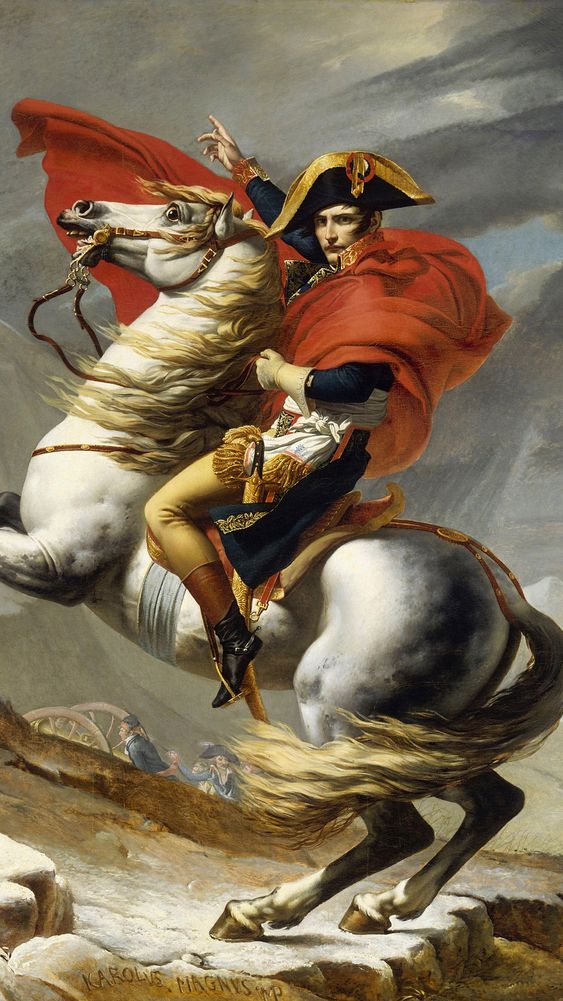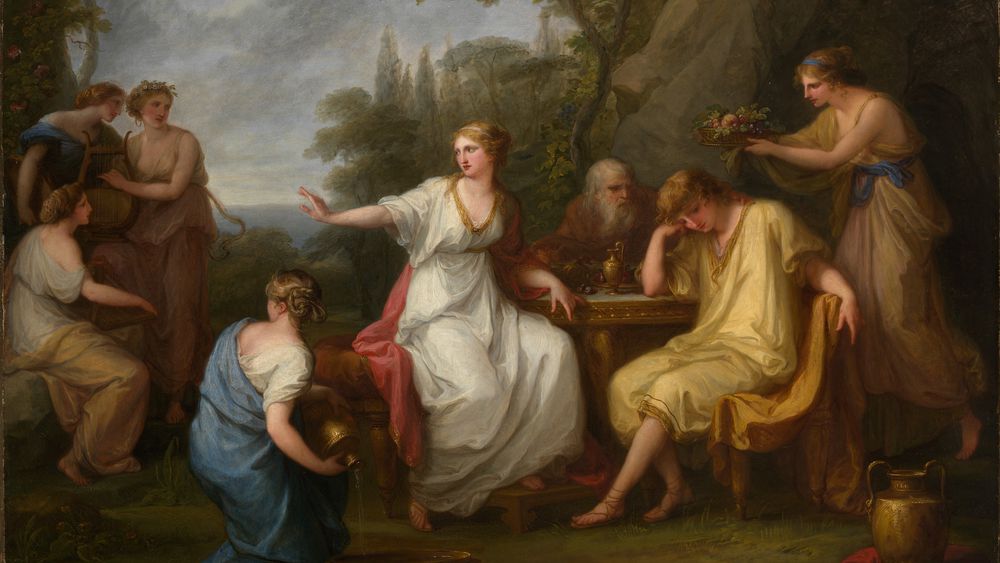Strike a Pose: Adlocutio
Why generals always seem to lead with their right hand
Each installment of Strike a Pose features one of art history’s most seminal postures. Mediums range from sculpture to oils and everything in between. (See all installments.)
This week we discuss the meaning behind one that made taking sides a lot easier, literally: Adlocutio (explore the corresponding playlist).

- Click to Add to playlist
- Click to Favorite
Assuming a pose can be a lot like choosing a new outfit: an identity you can quite literally step into, a way to signify who you are in this world. Poses seem to earn their meaning in one of two ways: through historical significance and tradition, or through some more innate connection. The case of adlocutio calls on both.
In ancient Rome, the term was defined as an address from an emperor (or another high-ranking official) to his charges. We can see why. For a subject to be in adlocutio (also known as the orator’s pose), they’ve merely mimicked the contrapposto pose, while also raising their right hand and pointer finger (the fact that it’s the right is of great significance—more on that later). It’s hard to stand this way without looking ridiculous, because most of us don’t have reason to. It’s even harder to imagine the pose in a sculpture used to commemorate anyone but a leader (even contemporary presidents, business executives, and Einstein might seem out of place in adlocutio).
The most famous example of adlocutio is Augustus of Prima Porta, a marble sculpture (originally thought to be a copy of a bronze original). The artist is unknown, which is fitting; at over two meters high, the sculpture seems to have one purpose: to commemorate Augustus’ greatness. Augustus Caeser was the first emperor of the Roman Empire, and its most significant, guiding the nascent empire in its first 40 years. And just as many subsequent civilizations have taken cue from Rome’s example, so have their generals. Napoleon Bonaparte and George Washington are just two of many who have been immortalized in the pose.
Be careful which hand you raise
Though it can’t be said to be subtle, adlocutio does rely on symbolism that might be lost on the average viewer—specifically, which hand is raised. In antiquity, the right hand symbolized divinity; when it was raised, you were thought to be closer to the gods. And the left was the exact opposite, signifying the damned, the wrong, the befouled. This idea was still prevalent during the height of the Roman Empire, when the pose was coined, and has persevered through the (Western) history of art. Theories of right-left symbolism have been used by eminent scholars to analyze everything from Michelangelo’s Creation of Adam to Leonardo da Vinci‘s Mona Lisa to Velázquez’s Christ on the Cross.

- Click to Add to playlist
- Click to Favorite
One particularly symbolic (not to mention contested) work that utilizes right-left symbolism is Jan van Eyck’s The Portrait of Giovanni Arnolfini and His Wife Giovanna Cenami. Here, the husband is on the right, which was common, used to show the difference in status between the two genders. But on closer review, we see the man is holding the woman’s right hand with his left, which isn’t common at all. Some critics have taken this as proof that the marriage was “morganatic” (also known as a “left-handed marriage”), which is one between two people of unequal social rank. (In a royal context, this prevents the woman from receiving the titles of her husband, along with their children.) But the subjects of the painting, Giovanni Arnolfini and Giovanna Cenami, were certainly of equal status. The critic Margaret Carroll has suggested that such an uncommon arrangement of hands means that the wife can now act on her husband’s behalf in matters of business. Others critics have noted that the subjects of the painting must not be Giovanni Arnolfini and Giovanna Cenami, based solely on this analysis of hands.
All this is to say that adlocutio holds twofold meaning for the viewer—one instinctual, the other cerebral. In the pose, a subject will be made to seem like a leader, because they look like one. But hidden in that arrangement of limbs we also have a reference to a dichotomy steeped in tradition. In this way, adlocutio serves as another reminder that every work of art should be considered in the context of the long line of those that preceded it—and those forthcoming it will influence.




